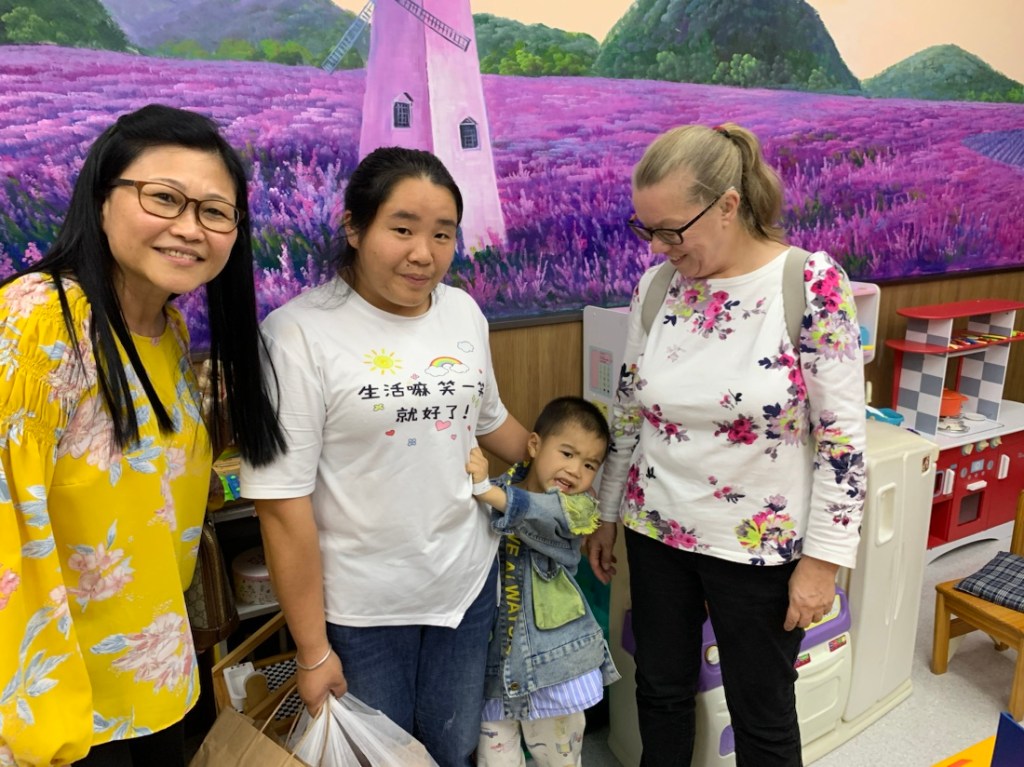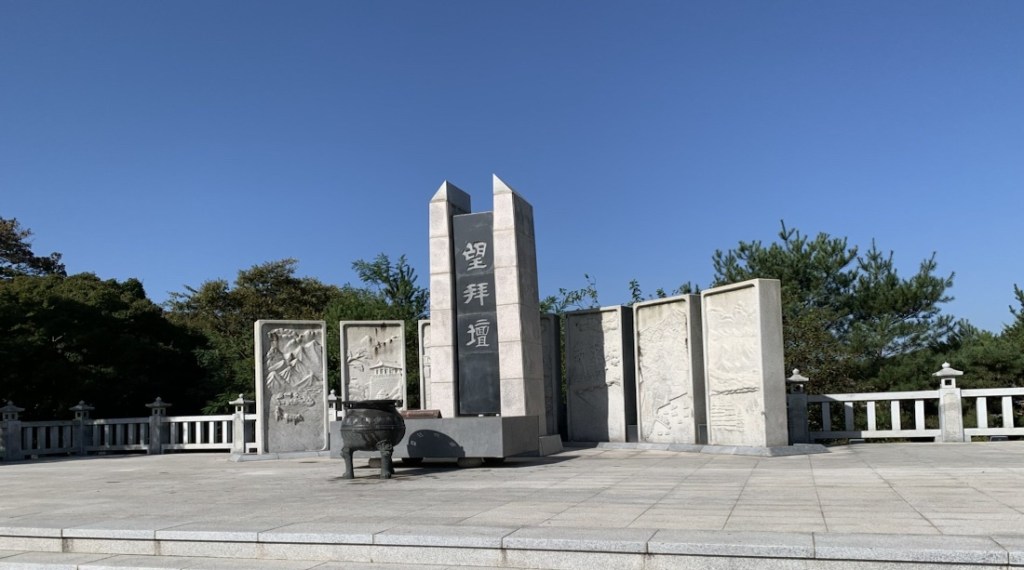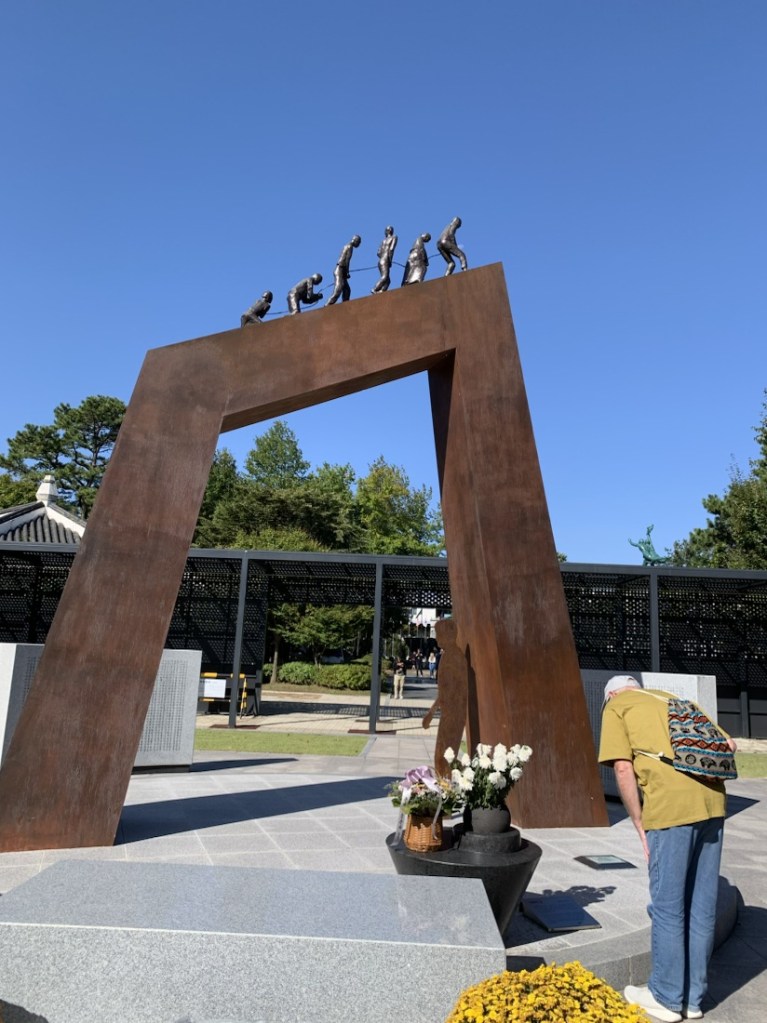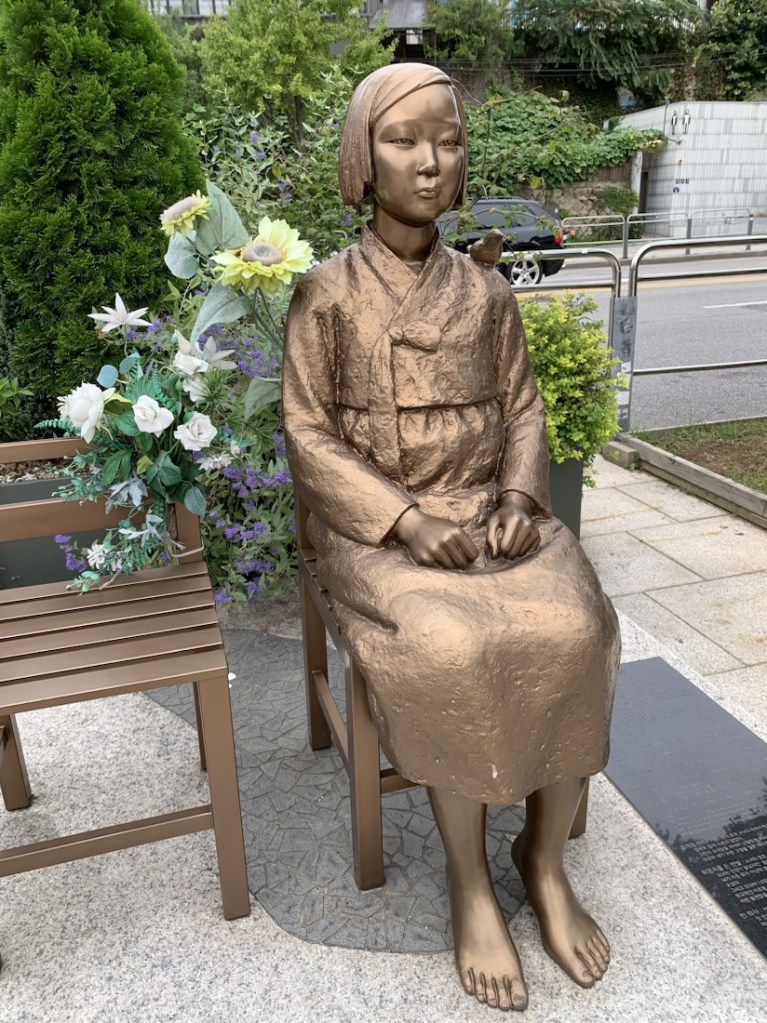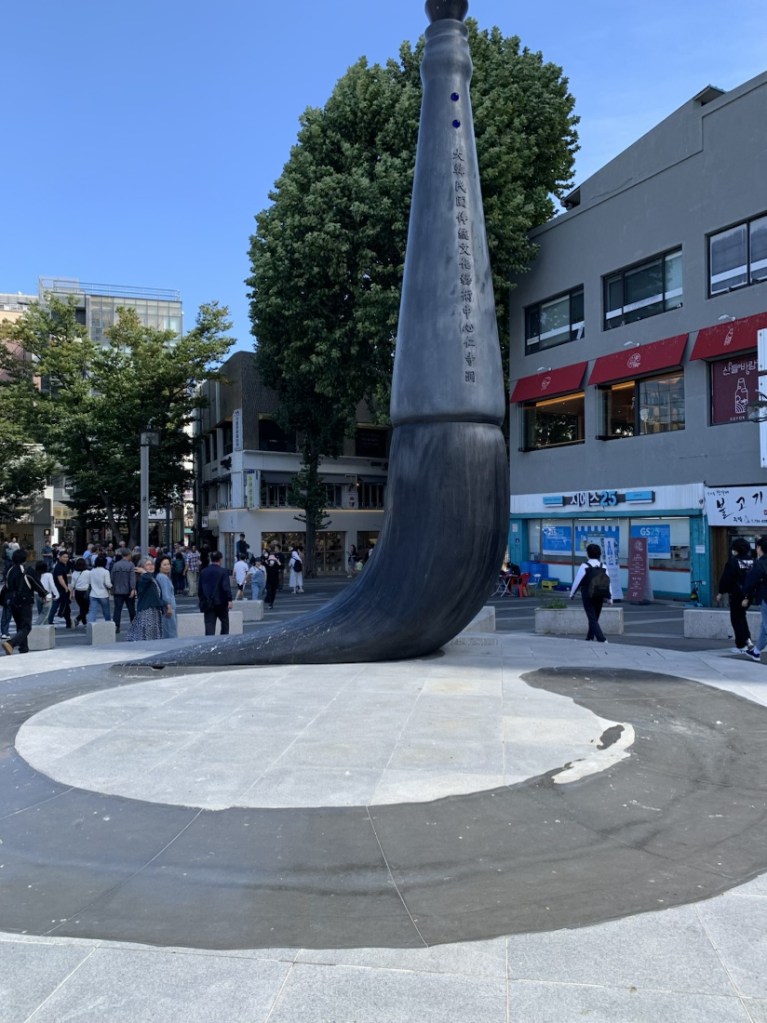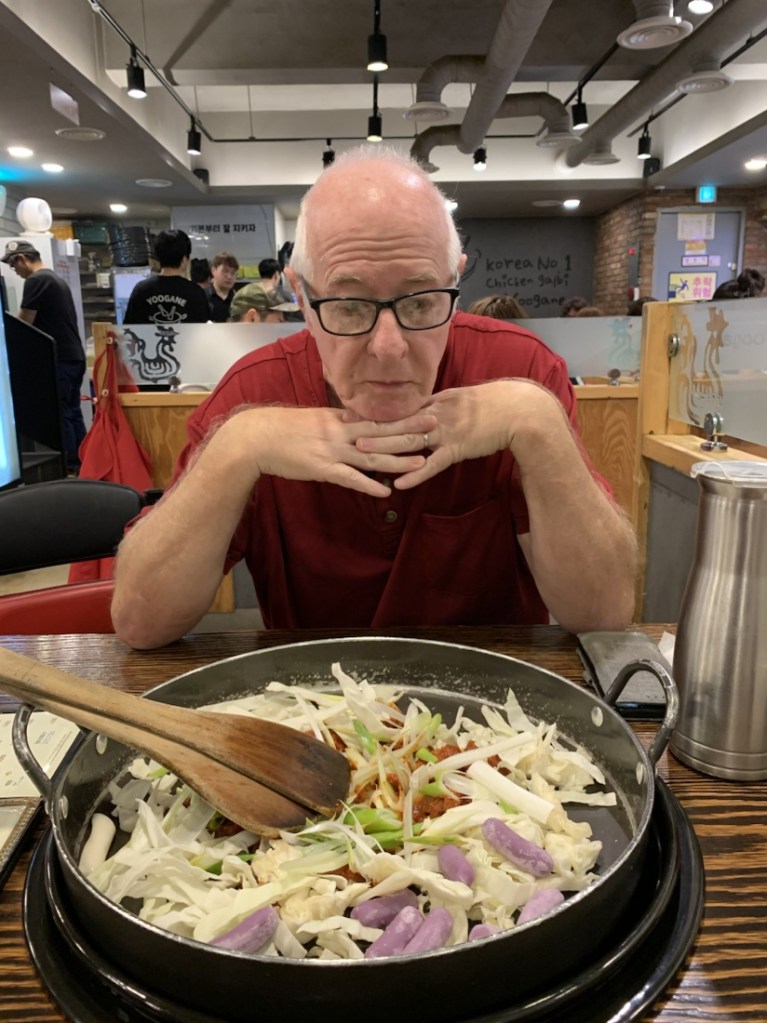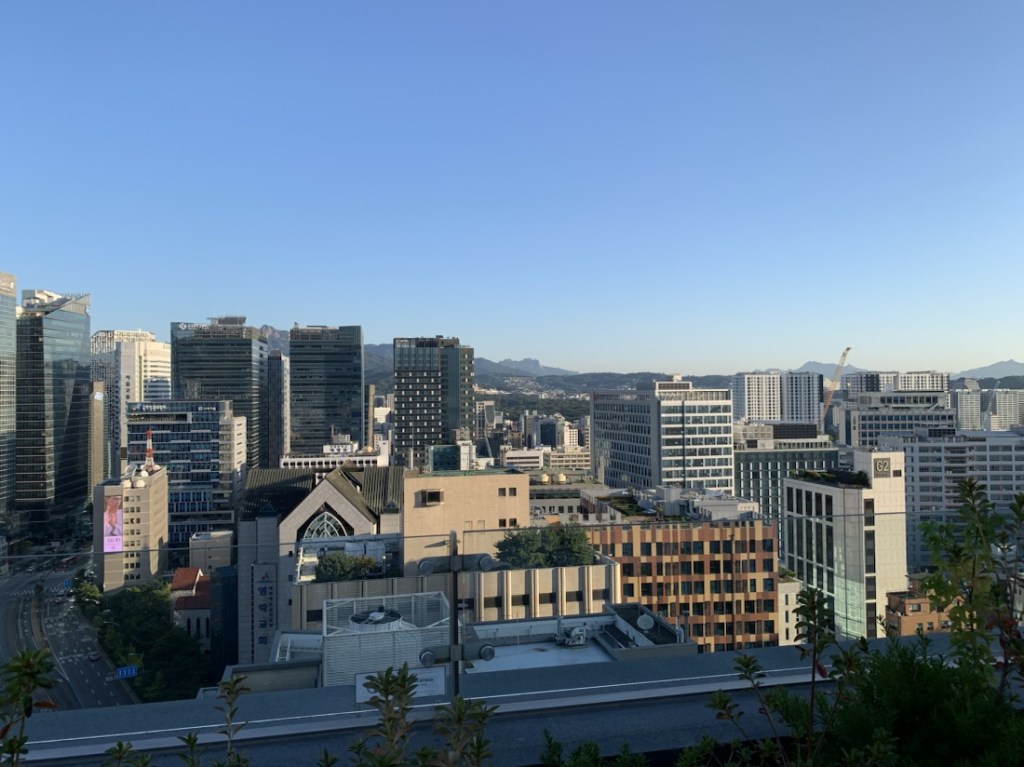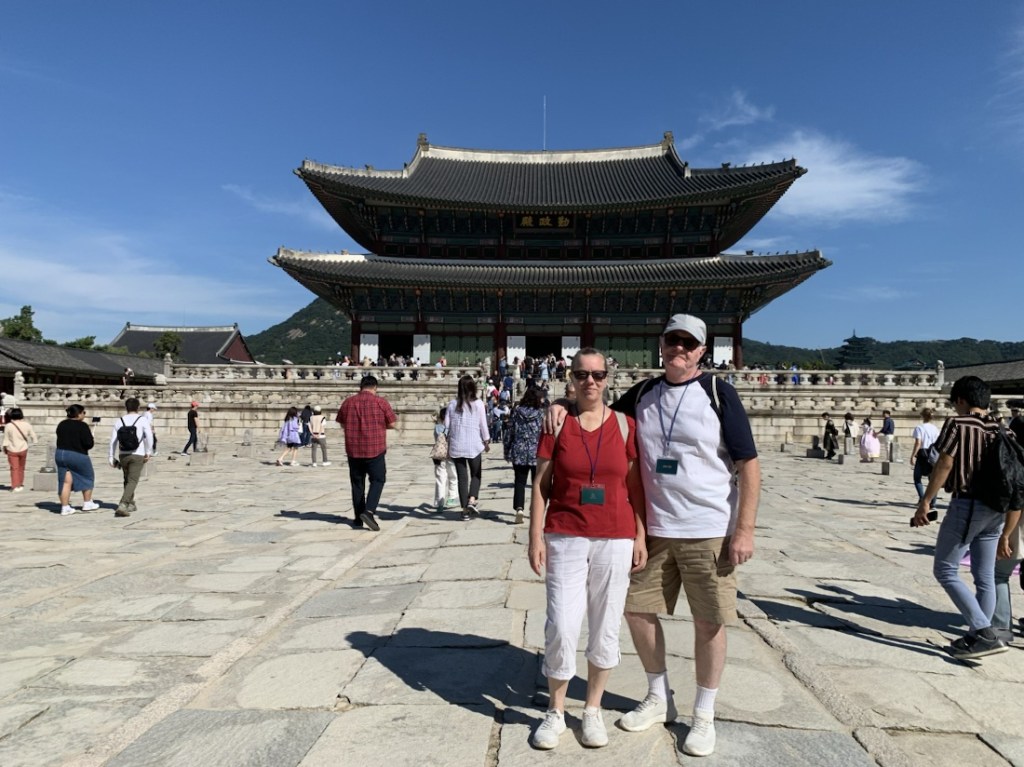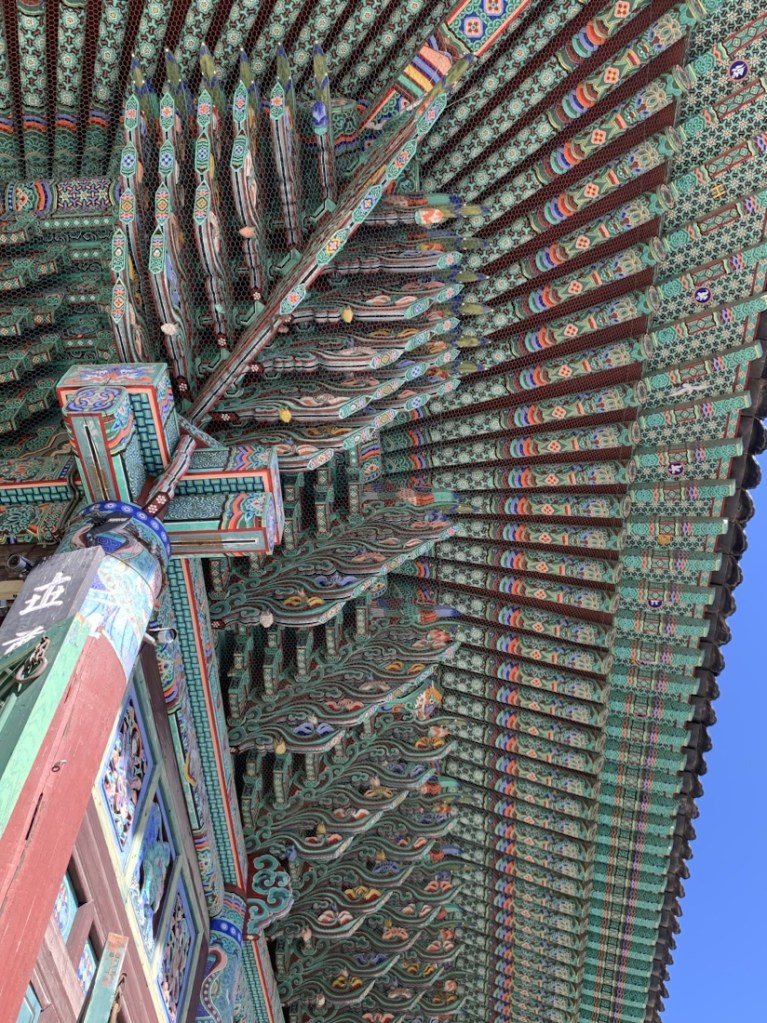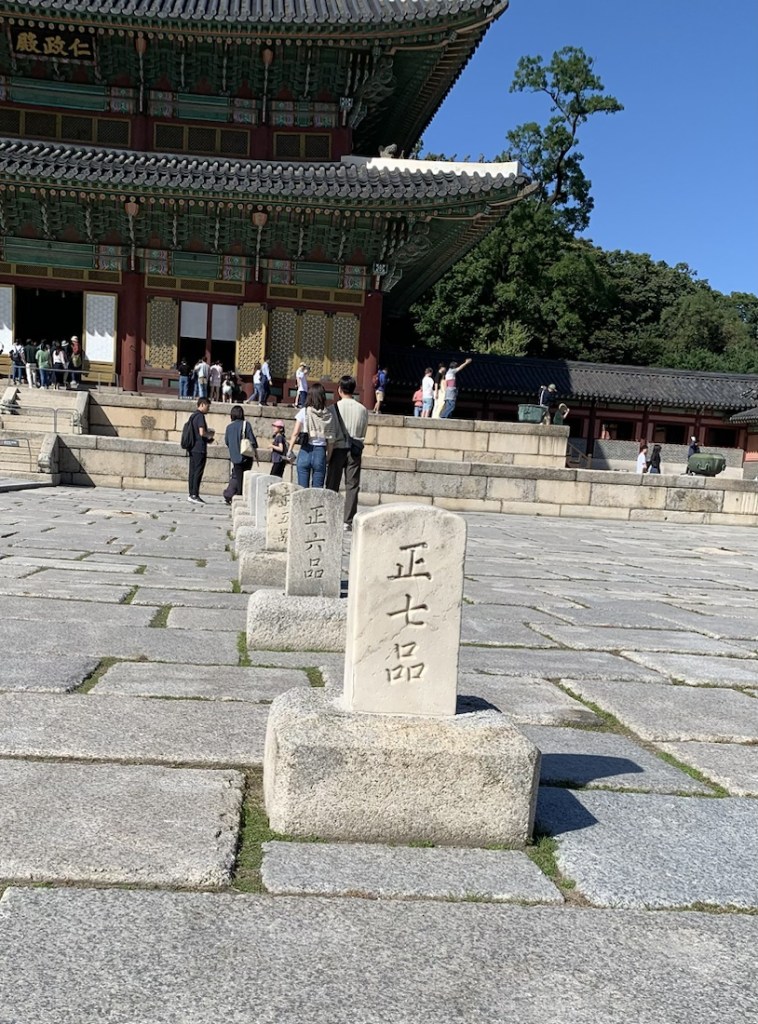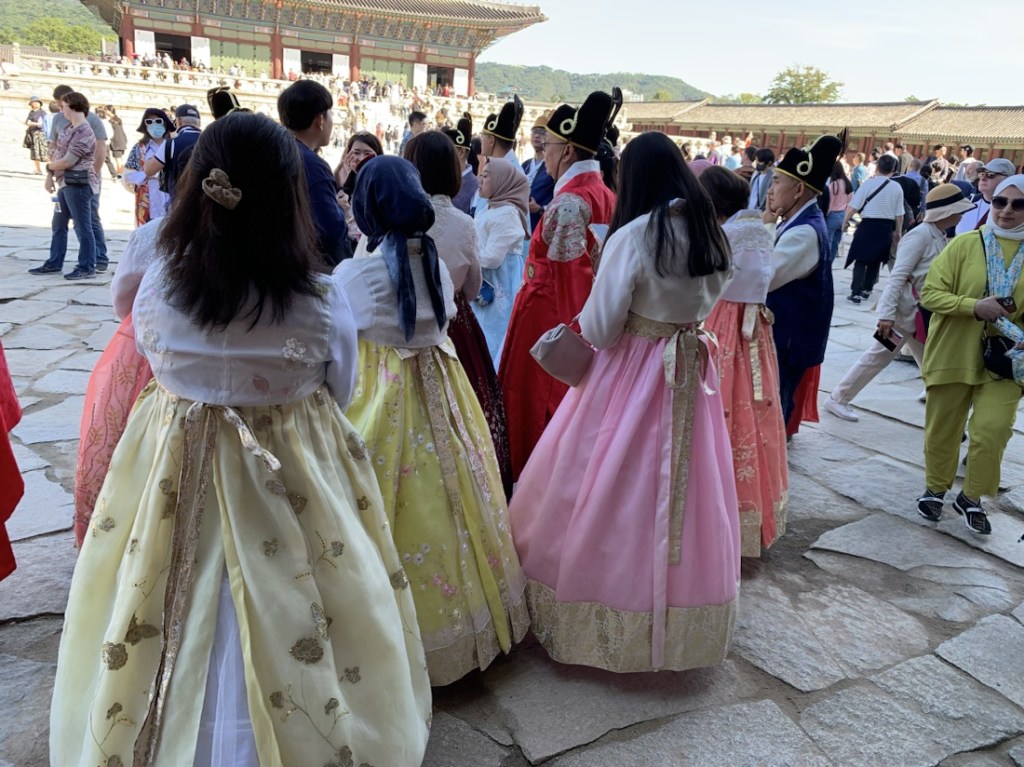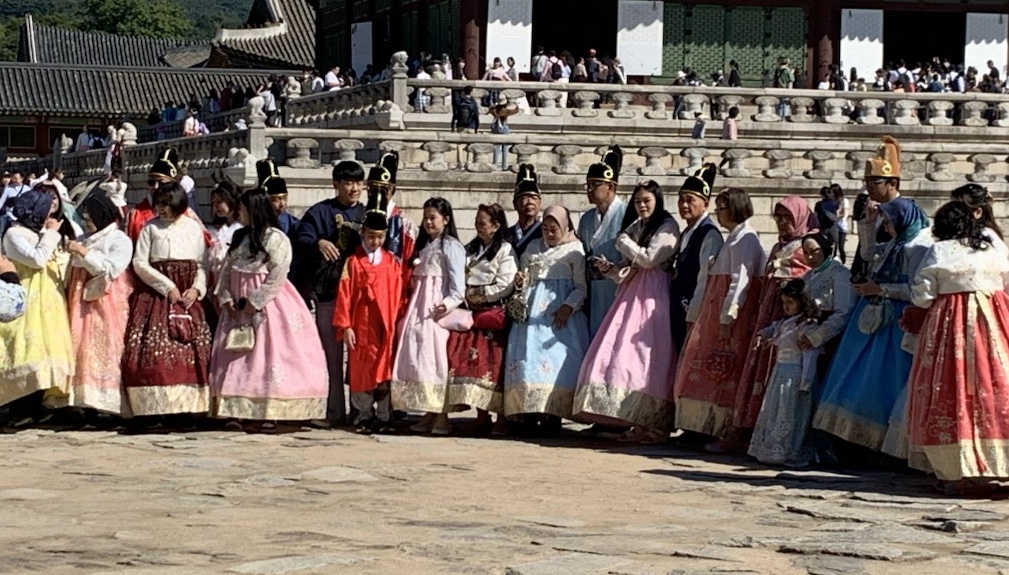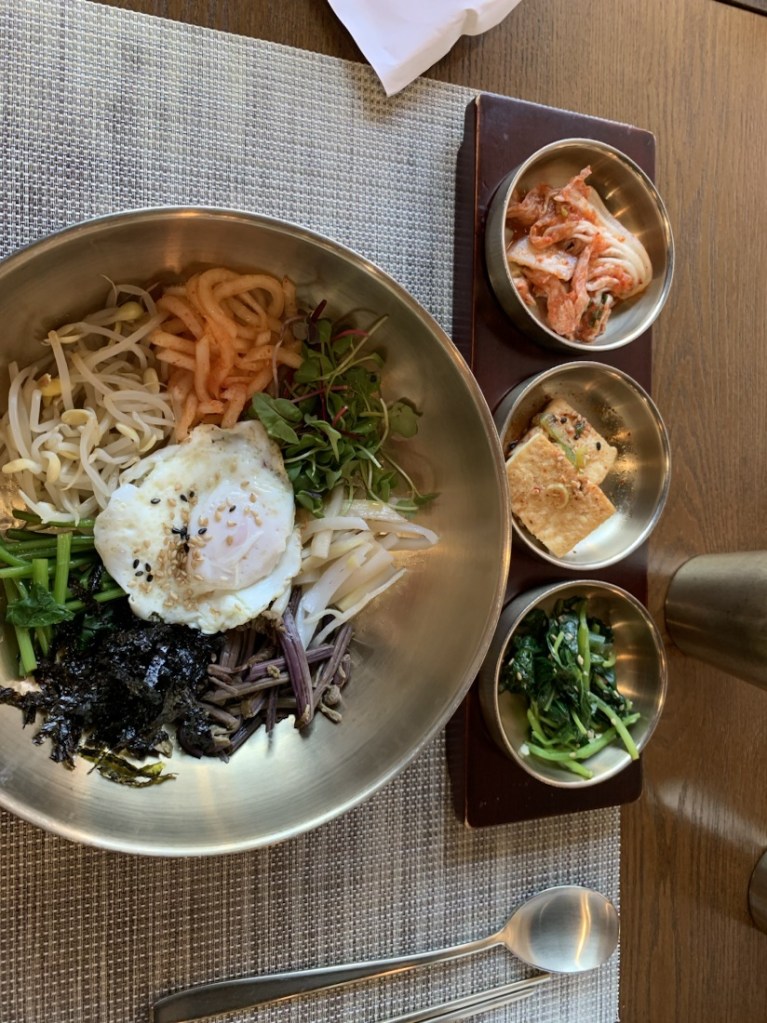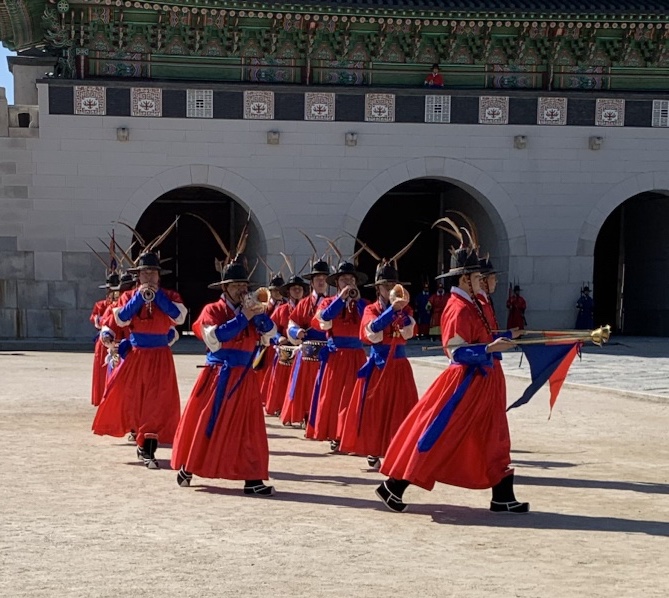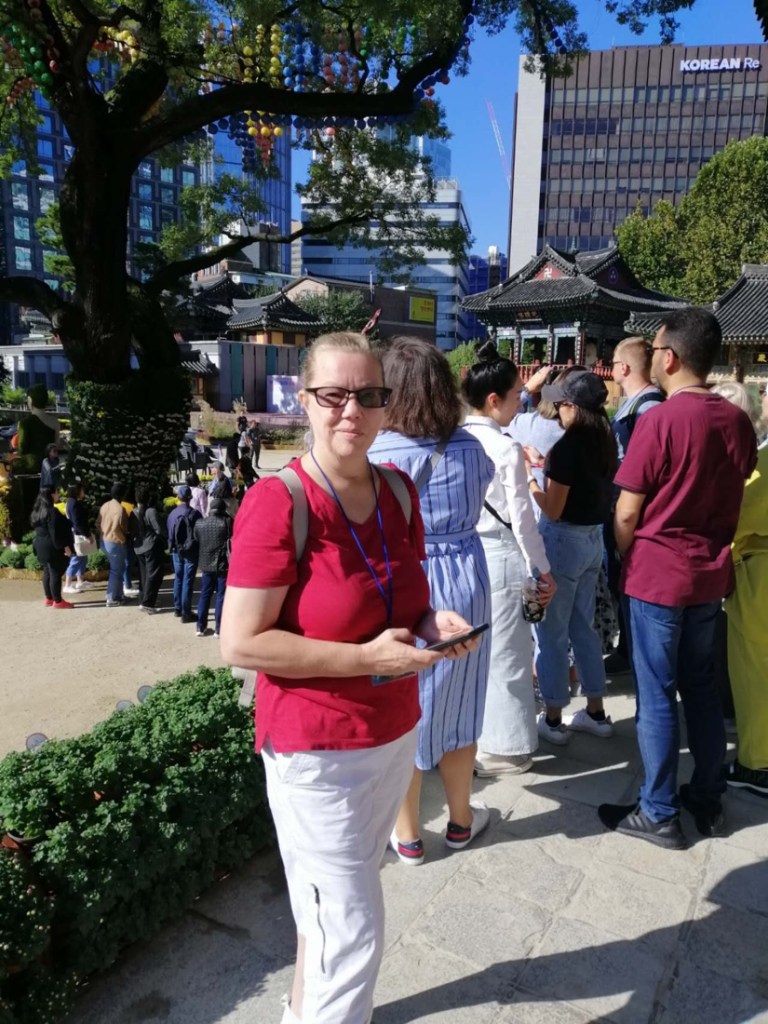The Trinity Congregation of Shanghai made a substantial donation to Heart to Heart, a charitable organization based in the city to sponsor 6 children to have much needed Heart surgery. Here are their stories:
(note: the families have all given permission for their stories to be told and their photographs used)
Wu Shiyu is a 3 year old girl. She was diagnosed with congenital heart disease when she was six months old. The doctors advised her family that she needed heart surgery, but being a low income family they did not have the savings or the ability to borrow money to pay the surgery costs.
Wu Shiyu lives with her family (grandparents, parents and a 2 year old sister) in rural Guizhou province in a wooden home they built themselves. Both grandparents are old and require medication. The mother takes care of the elderly and children. They usually make an annual income of around RMB 25,000 from farming their 4 mu of land on which the father grows chilli peppers. They have a RMB 50,000 debt, which is money that they borrowed from the bank to cover the costs of renting their farm land. The money they make is spent on general living expenses and repaying their loan. They have had no ability to pay for Wu Shiyu’s heart surgery.
Our donation enabled her to have heart surgery on October 17.
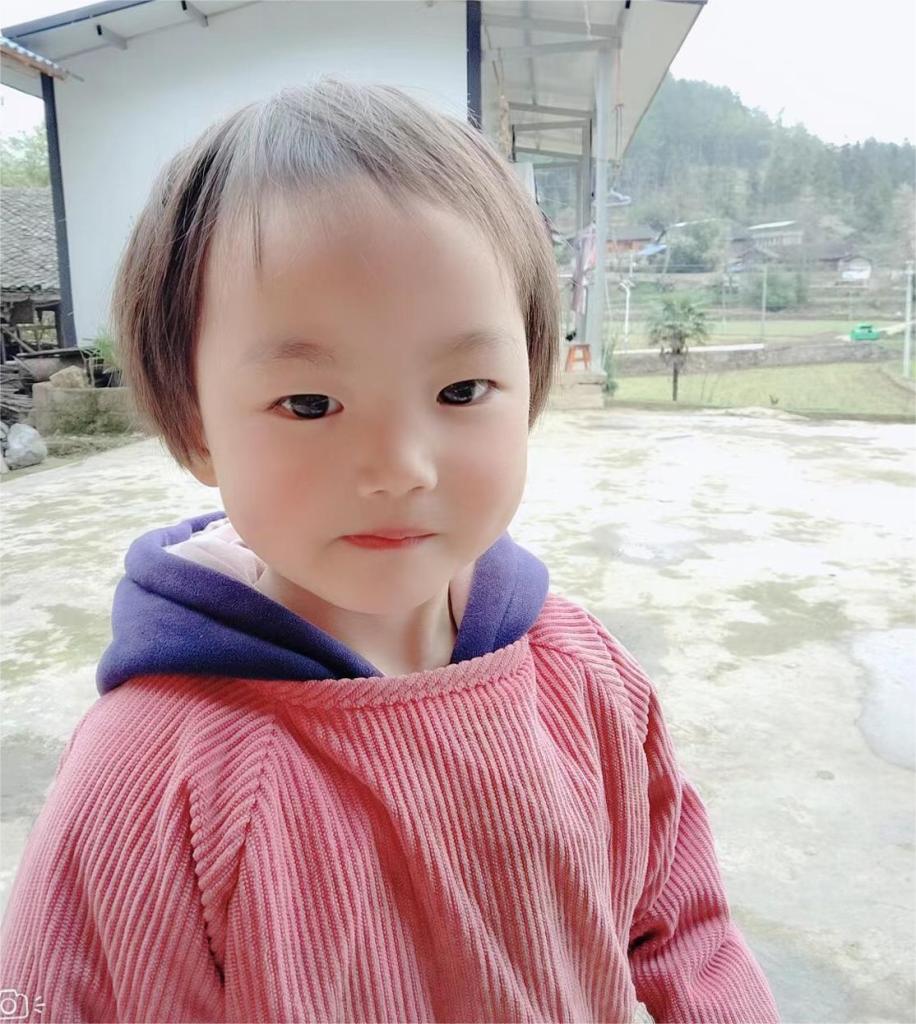
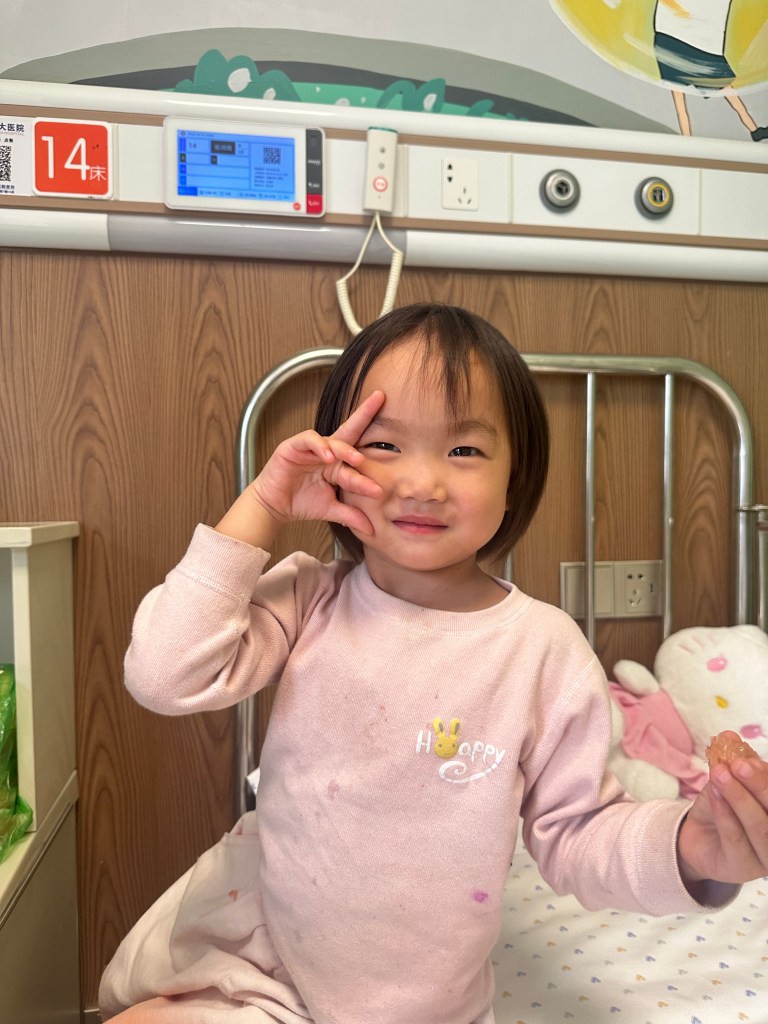
Tian Xiaorong is a 9 year old girl from Guizhou province. When she was 4 years old, she was diagnosed with congenital heart problems. Her parents were told that she needed heart surgery, but they weren’t able to raise the money.
There are 9 members in Tian Xiaorong’s Tujia minority family – the grandmother, the parents, four brothers (ages 20,19,17,15), one 13 year old sister and Tian Xiaorong. The father works part-time on a local construction site and the mother works in a local factory. Between them they make an annual income of RMB 35,000. All six children are currently in school. The eldest son is attending college, their oldest daughter is attending vocational school and the others are attending middle and primary schools. Their tuition and living expenses are a significant expense to the family. They rent a house in the county town for RMB400/month so the children can go to school. It was not possible for them to raise or borrow enough money for the surgery that Tian Xiaorong needed.
Our donation enabled her to have her surgery on October 18.
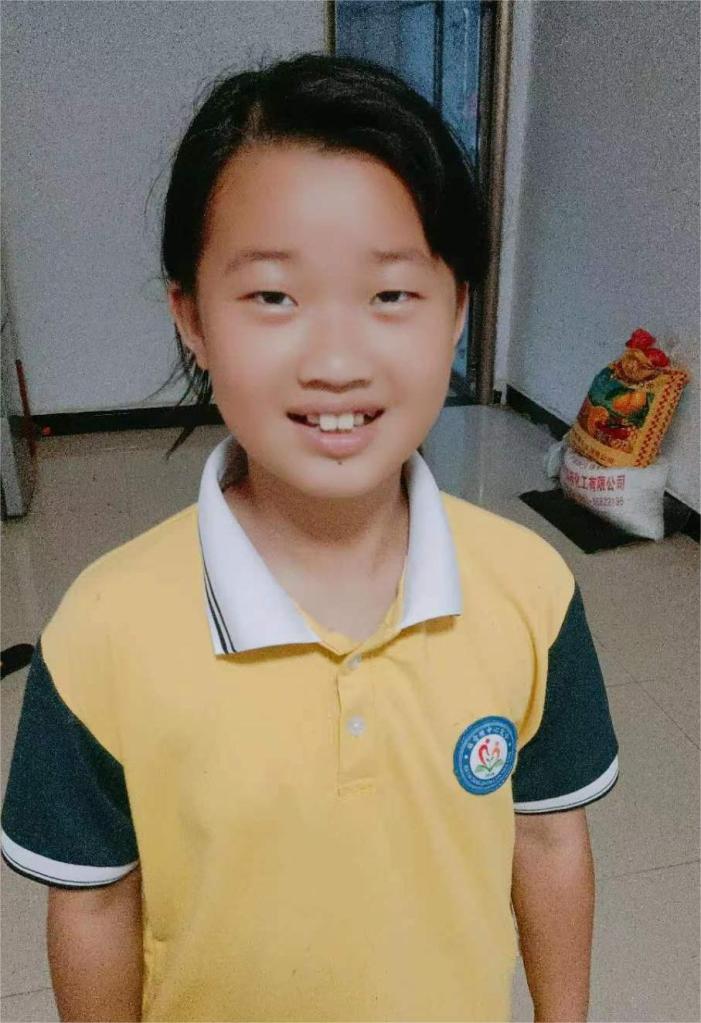

Zhang Xinyi is a 7 year old girl from Guizhou province. Two days after her birth, she had jaundice. Her parents took her for a medical exam during which she was diagnosed with congenital heart disease. They have never been able to save enough to provide the heart surgery that was advised.
Zhang Xinyi lives with her grandparents, parents and a 5 year old brother in a self-built home in rural Guizhou province. The family is a mixed Tujia and Miao minority family. The grandmother has lung cancer and needs chemotherapy. The mother takes care of the elderly and the children. The father made the family’s only income of around RMB 25,000/year by working part-time at a construction site in Zhenjiang province. He isn’t working at the moment, however, since he returned home due to Zhang Xinyi’s need for surgery. To cover medical expenses for the grandmother, the family previously borrowed RMB 100,000 and are trying to repay this debt. They were not able to get another loan to pay for Zhang Xinyi’s heart surgery.
She had her heart surgery on October 17 because of our donation.
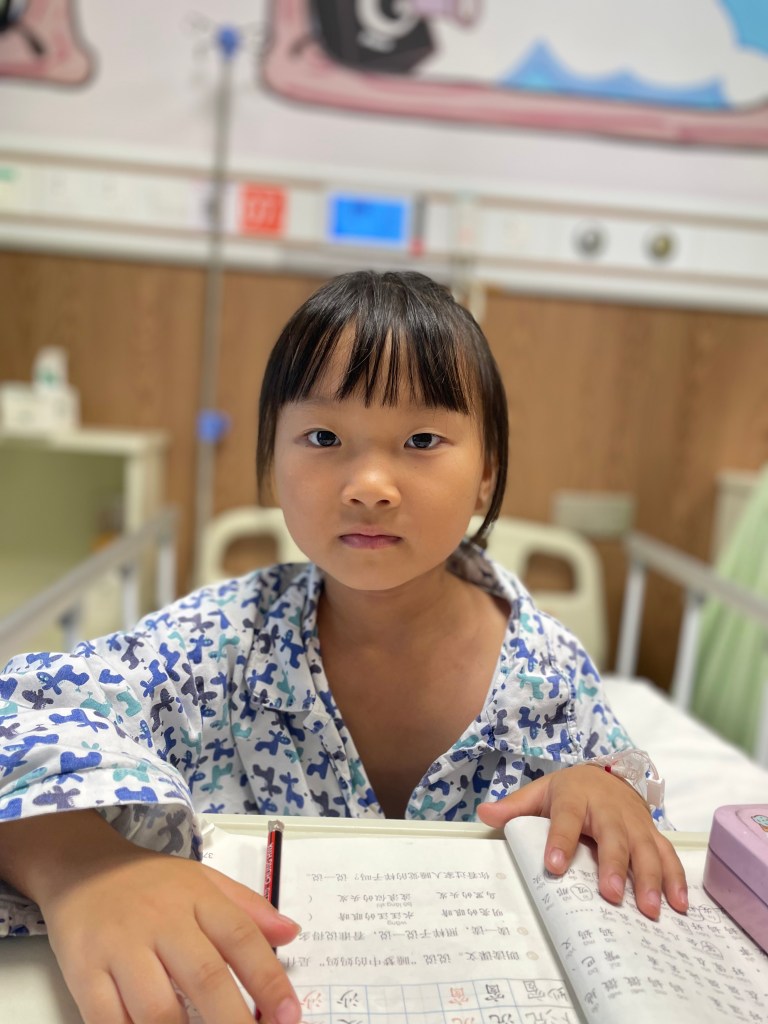
Cao Shuling is a 2 year old girl from Guizhou province. She was diagnosed with the congenital heart diseases VSD and ASD at the Second Affiliated Hospital of Wenzhou Medical University just one month after birth. The family was told that she would need heart surgery in the relatively near future to prevent serious consequences. They have not been able to afford it.
Cao Shuling comes from a family of 6 – grandmother, parents, 2 aunts and herself. Both her parents are migrant workers living in Zhejiang Province. They make a combined annual income of RMB 35,000. They rent a house for RMB 4,500/year so Cao Shuling can live with them. They financially support the two aunts who are both studying in college and the grandmother, who lives in their hometown in Guizhou. All the parents’ earnings are spent on general living costs and support. They were unable to save enough money or get a loan to pay for the heart surgery that Cao Shuling needed.
She had the heart surgery that she needed on October 16.
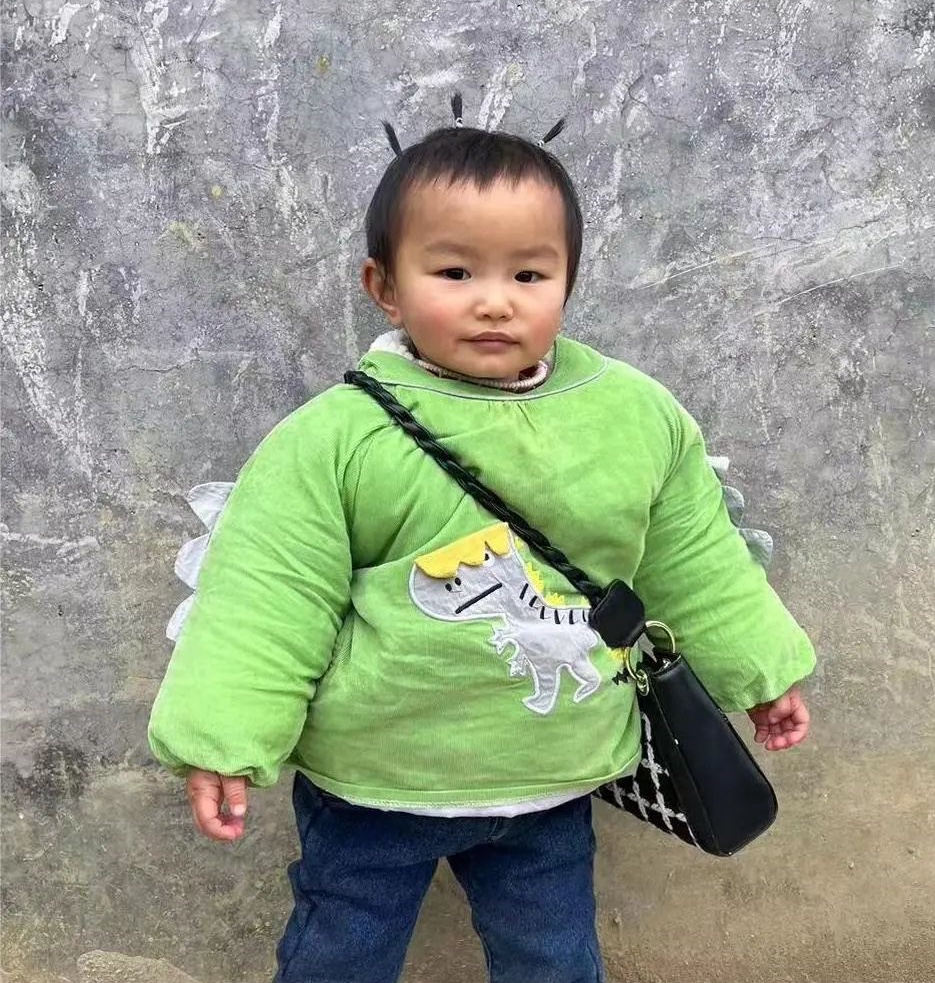
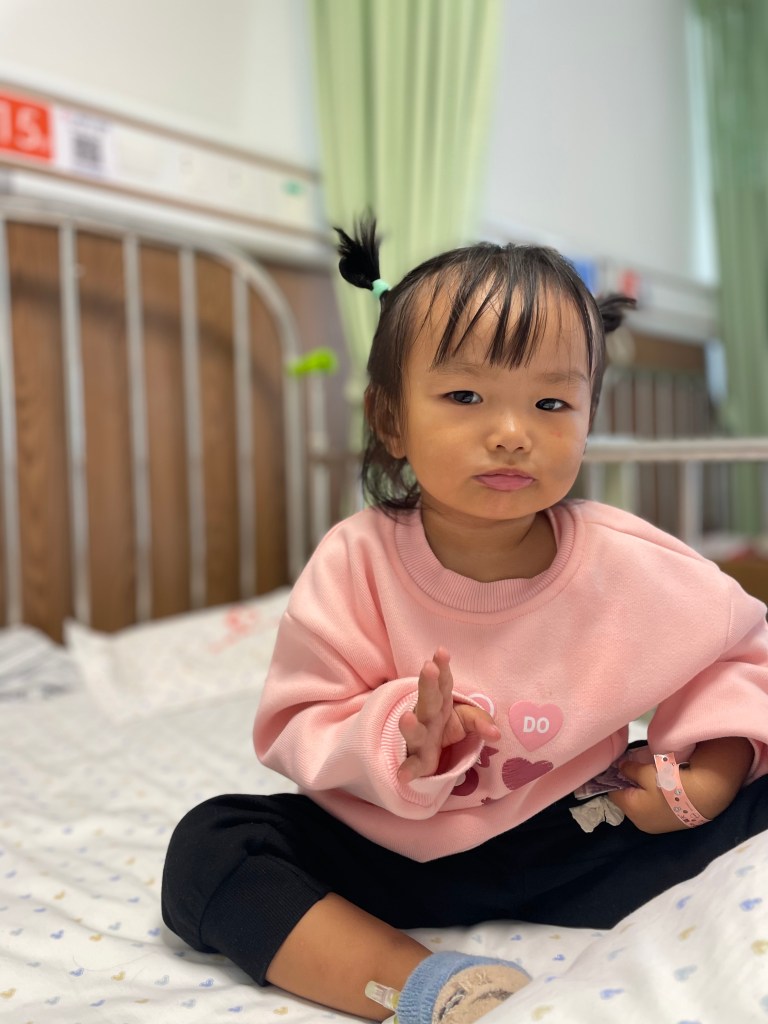
Li Songlin is a 6 year old boy from Guizhou province. Recently, Li Songlin had a persistent cold and fever. He was taken to the local county hospital and diagnosed with congenital heart disease. He also has a chest wall deformity and a congenital hand disability. The doctors told the family that he needed heart surgery, but they couldn’t afford it.
Li Songlin lives with his mother, grandmother and a 5 year old brother in a self-built house in rural Guizhou province. They are of the Gelao minority. The mother takes care of the grandmother and children. The father is a migrant construction worker and earns the family’s only income of around RMB 20,000 annually. He lives a frugal lifestyle, spends very little and sends most of his money home to support the family. The family borrowed RMB 50,000 to help them pay medical costs mainly for an elderly grandfather who has now passed away. With such a low annual income it is difficult for the family to pay off their loan. They also weren’t able to get a loan for the heart surgery that Li Songlin needed.
We provided him with heart surgery on October 17.
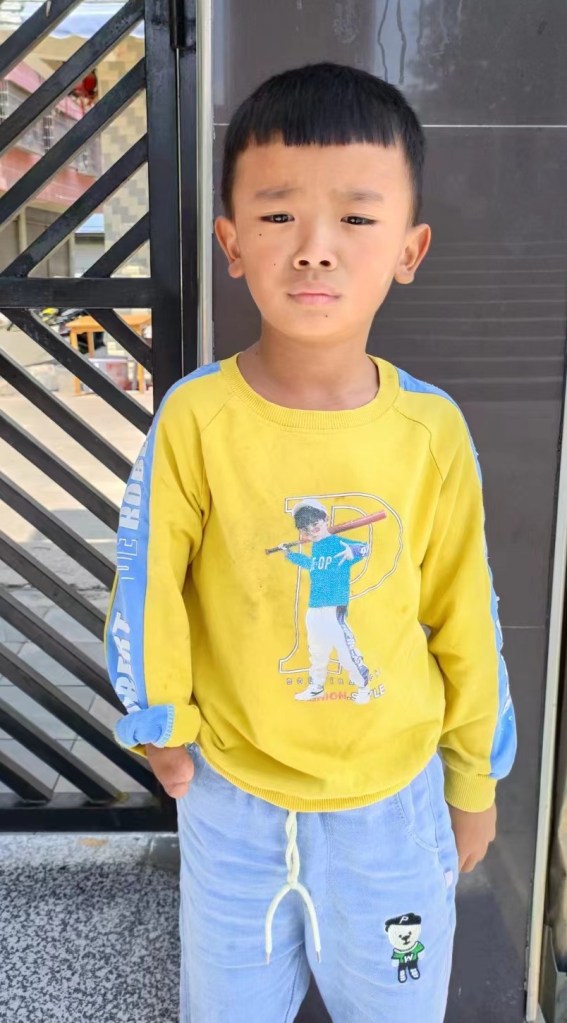
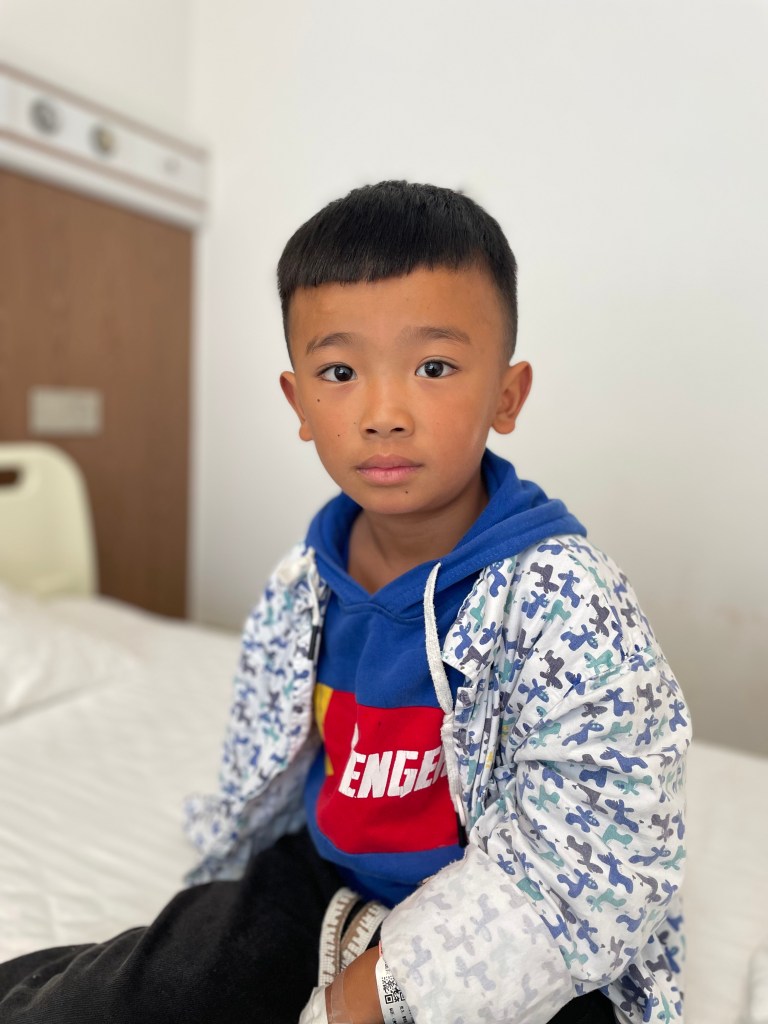
Wang Chengbo is a 4 year old boy from Guizhou province. When he was first born, his family took him to the local county maternal and child health center because he had an irregular heartbeat. He was diagnosed with congenital heart disease. At the same time, it was discovered he had only one kidney. Since his family was unable to pay for the heart surgery he needed, the problems have delayed his development.
Wang Chengbo lives with his Miao minority family of 5 – grandparents, parents and himself – in a self-built wooden house in rural Guizhou province. His grandparents help with household chores and do some farming to help feed the family. The mother takes care of the family. The father works part-time on a construction site in Fujian province making an annual income of around RMB 25,000. Both his work and his income are unstable. He currently lives on the construction site. He sends as much money as he can home to the family. They were unable to get a loan to pay for the heart surgery Wang Chengbo needed.
He was able to have his surgery on October 18.
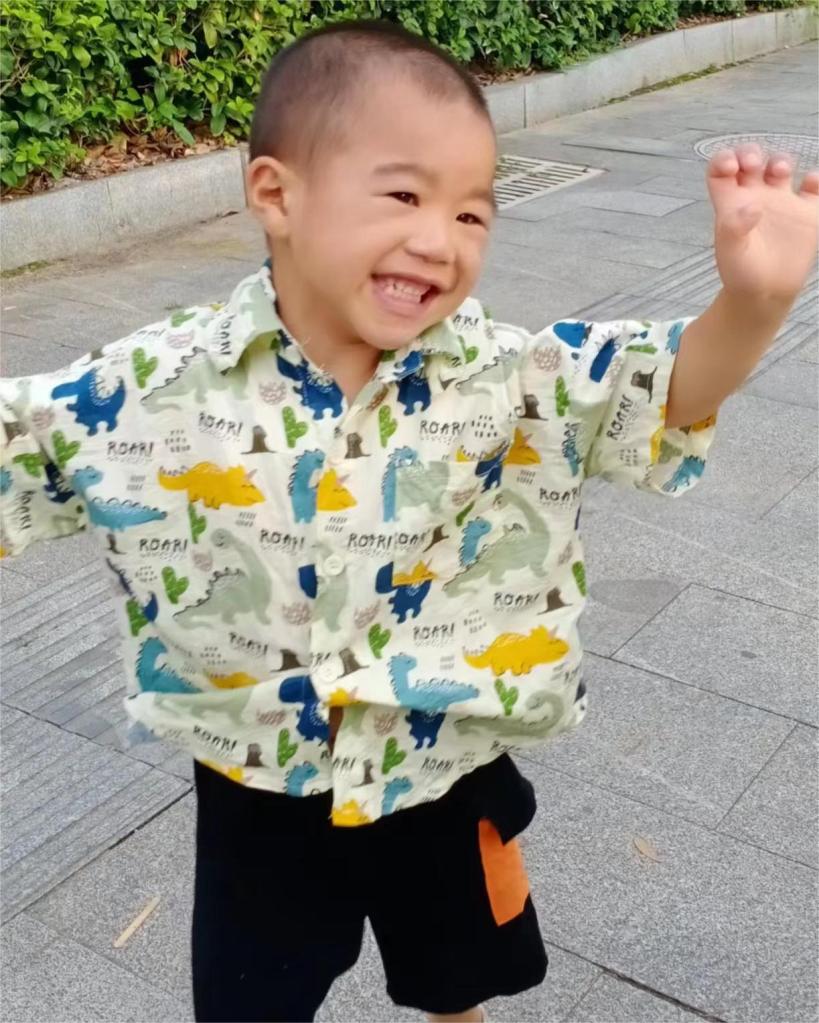

The Trinity Board was offered an opportunity to visit the children in hospital but by the time we were able to make the arrangements only this last little chappie Wang Chengbo was still here. Nevertheless, Ai Lin and I made the long journey down Line 9 to the Shanghai Yida Hospital in the QingPu district to visit him. It was a very modern hospital and we were greatly impressed with the facilities.
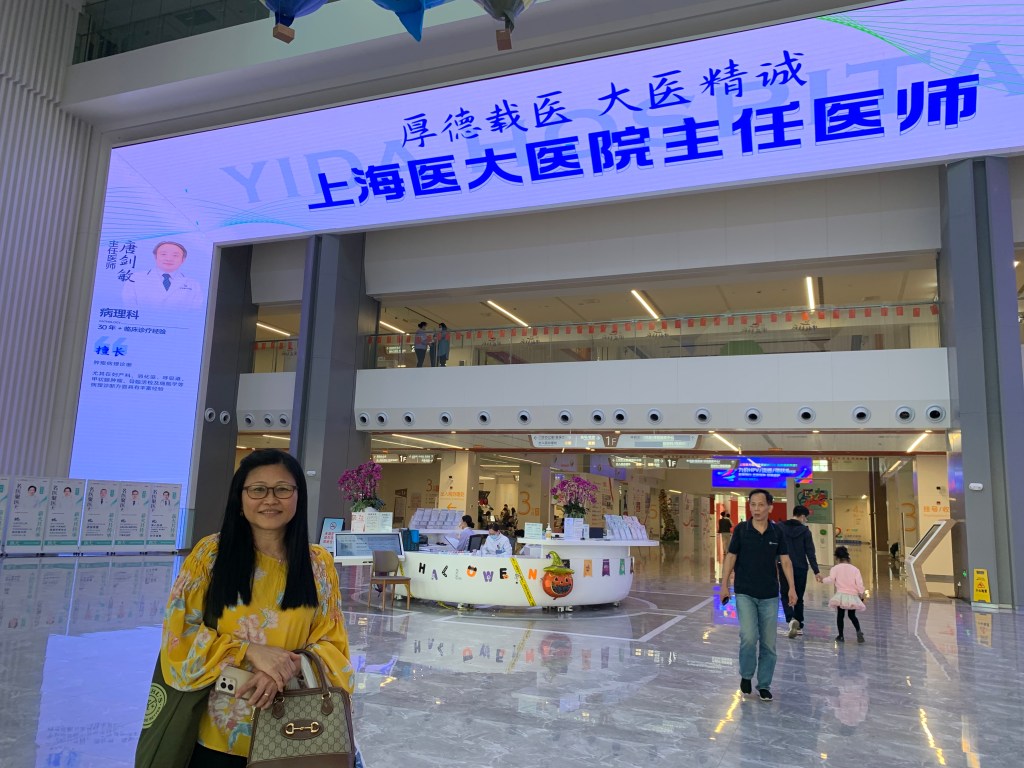
We brought gifts of fresh fruit and a winter jacket for Chengbo but as it turned in out he wasnt all that impressed to see us as he was removed from the middle of a Halloween party which Heart to Heart and volunteers were putting on for all the children in the play room! He reluctantly agreed to stand with us for a photo before dashing off to the far more exciting face painting and other spooky activities. It was interesting to see the large numbers of Tibetan children that the hospital was treating this week. Apparently they send transport because those families cannot afford to travel to Shanghai.
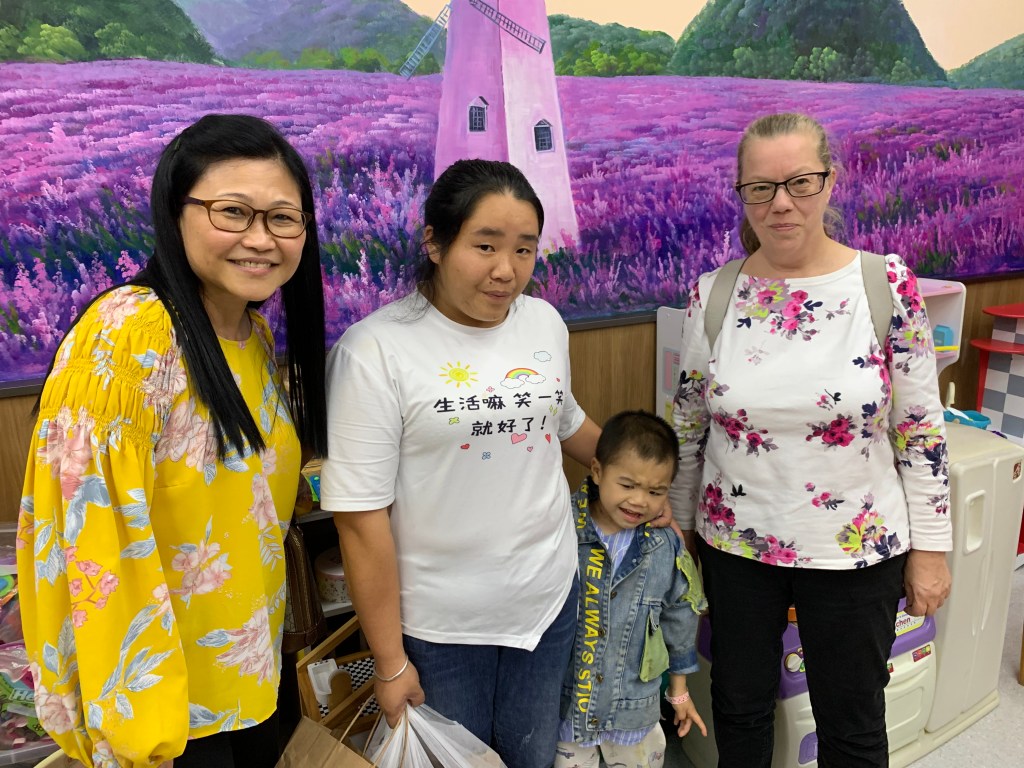
Karen from Heart to Heart was extremely grateful for the donation which Trinity has made and we were quite humbled to think of the difference that our church has made to the lives of these beautiful children. It was an honor to visit on behalf of everyone and to pass on your blessings.
